
Why Data Integrity Is Central to SaaS Management
Table of Contents ToggleWhy Data Integrity Breaks DownWhat Does Data Integrity...
Back
Back
Search for Keywords...
Blog

Table of Contents
Managing cloud costs can be difficult if your team is limited to a spreadsheet and sheer force of will. Building out a comprehensive cloud cost management strategy is no small task. It can cover everything from infrastructure as a service (IaaS), platform as a service (PaaS), and software as a service (SaaS).
Because the average company has an inventory of 275 software applications — and SaaS continues to be a rapidly growing part of the average organization’s IT portfolio — we want to address how to effectively tackle SaaS cloud costs in five easy steps.
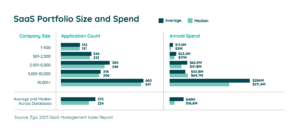
Cloud cost management is a system that paves the way for your organization to gain insight to the true cost of cloud technology. Using cloud cost management allows you to monitor and develop strategic action plans cross departmentally in your organization.
By aligning on SaaS cloud management tactics, you are also creating a spend plan for what is likely the largest, silently growing line time in your organization.
Consider the number of employees at your organization. Now multiply that number by $4,000. That is the average cost per year on SaaS tools and services — and it’s only getting higher. This quickly adds up.
Although financials are the main concern of cloud cost management, true cost can’t be understood without SaaS discovery. Imagine trying to estimate the cost of a construction project without knowing what tools your crew uses. Should you budget to buy 20 shovels or do you need a crane? Without knowing what SaaS tools are being used, you can’t effectively manage your portfolio. Discovery is always the first step to actionable strategy.
Insight to the true SaaS usage of your entire organization is easier said than done.
One of the reasons it can be difficult to get a full view of your application portfolio is the fact that SaaS is purchased by teams or individuals throughout an organization instead of strictly procurement or IT. In fact, Zylo’s SaaS Management Index shows that business units control 70% of SaaS spend and 50% of app quantity.
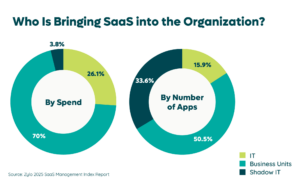
This allows hundreds of applications to slip by undetected (which could even cause a security breach). The average company underestimates their SaaS applications by two to three times.
When your organization addresses the discovery of your entire SaaS inventory — including everything from free trials to enterprise-wide licenses — you lay the foundation for a successful cloud cost management plan.
How the Zylo Discovery Engine Powers the Most Comprehensive SaaS Management Platform
Learn MoreAfter discovery, it’s time to act. What do you need for a successful cloud cost management strategy? Here are five things that you do not want to miss.
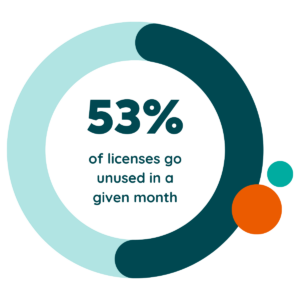 Gain insight into your SaaS usage. As noted above there are likely far more SaaS apps at your organization than you think. Not to mention, roughly 53% of SaaS licenses at the average organization aren’t being used within a 30 day period.
Gain insight into your SaaS usage. As noted above there are likely far more SaaS apps at your organization than you think. Not to mention, roughly 53% of SaaS licenses at the average organization aren’t being used within a 30 day period.
Find those free floating dollars and bring them back into your budget by reassigning these licenses to another user — or eliminating them entirely.
Another strategy to managing cloud costs centers on rightsizing your SaaS licenses. To effectively do that, understand what functionality your employees actually need for their role.
For instance, you may have employees with premium licenses who only need a basic level of access.
In this case, you are drastically overpaying. Determine what level of licensing is needed for your teams to succeed. This will allow you to trim the fat from your budget.
Another way to control your cloud costs is to rationalize your SaaS portfolio. Rarely is there one department who truly controls all of the SaaS coming into your organization. Often individuals sign up for SaaS they need and expense it or entire departments use separate tools than the rest of the organization that serve the same functions.
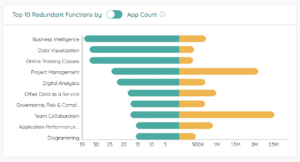
For example, one Zylo customer found that their organization was using 42 different project management tools. Reducing redundant SaaS applications with overlapping functionality gives you greater negotiating power and is vital to managing cloud cost.
Because so much SaaS purchasing occurs in a silo, it’s likely that duplicate apps are being used through the company without cross departmental coordination or knowledge. When those subscriptions are consolidated you wield greater purchasing power with vendors and can save by negotiating more favorable rates.
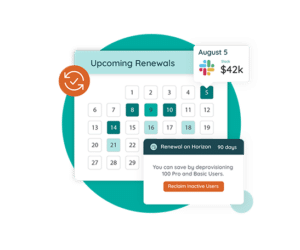 Not letting SaaS application renewals sneak up on you is another tactic to effectively manage your cloud costs. The average organization experiences three SaaS applications renewals every day. If you take a proactive approach to managing renewals you can better manage costs.
Not letting SaaS application renewals sneak up on you is another tactic to effectively manage your cloud costs. The average organization experiences three SaaS applications renewals every day. If you take a proactive approach to managing renewals you can better manage costs.
Avoid getting surprised (or stuck!) with automatic renewal, work with business units to understand usage and go into renewals with usage data to fuel negotiations. Start by creating a SaaS renewal calendar. Being able to look ahead will allow you to proactively plan accordingly.
SaaS isn’t slowing down anytime soon. It’s time to make cloud cost management a priority and include your SaaS, IaaS, and PaaS. Put some of these cost savings strategies into practice at your organization with this guide.

Table of Contents ToggleWhy Data Integrity Breaks DownWhat Does Data Integrity...
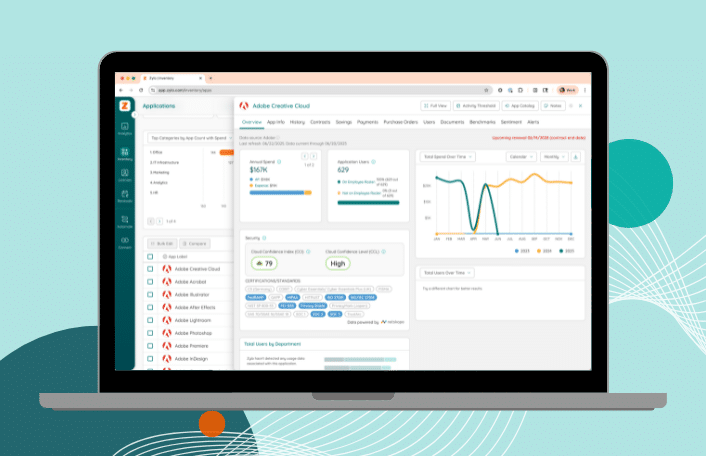
Table of Contents ToggleWhat Is Cloud Cost Management?Why SaaS Discovery Is...

Table of Contents ToggleShelfware DefinedWhy Shelfware HappensPoor Organizational OversightShadow IT and...
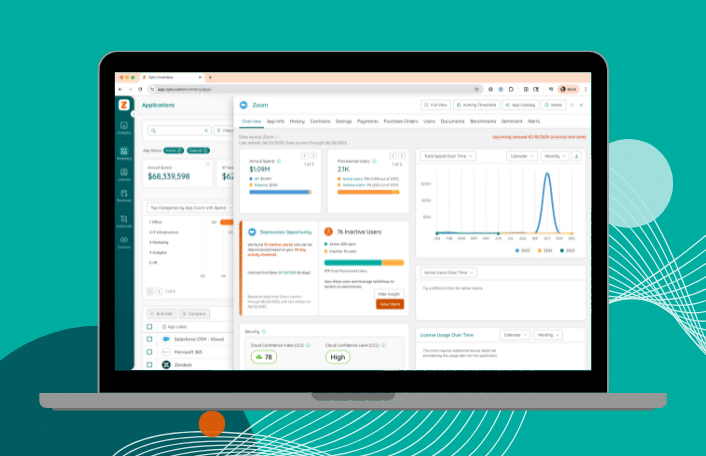
Table of Contents ToggleWhat Is Cloud Cost Management?Why SaaS Discovery Is...
| Cookie | Duration | Description |
|---|---|---|
| cookielawinfo-checkbox-analytics | 11 months | This cookie is set by GDPR Cookie Consent plugin. The cookie is used to store the user consent for the cookies in the category "Analytics". |
| cookielawinfo-checkbox-functional | 11 months | The cookie is set by GDPR cookie consent to record the user consent for the cookies in the category "Functional". |
| cookielawinfo-checkbox-necessary | 11 months | This cookie is set by GDPR Cookie Consent plugin. The cookies is used to store the user consent for the cookies in the category "Necessary". |
| cookielawinfo-checkbox-others | 11 months | This cookie is set by GDPR Cookie Consent plugin. The cookie is used to store the user consent for the cookies in the category "Other. |
| cookielawinfo-checkbox-performance | 11 months | This cookie is set by GDPR Cookie Consent plugin. The cookie is used to store the user consent for the cookies in the category "Performance". |
| viewed_cookie_policy | 11 months | The cookie is set by the GDPR Cookie Consent plugin and is used to store whether or not user has consented to the use of cookies. It does not store any personal data. |
